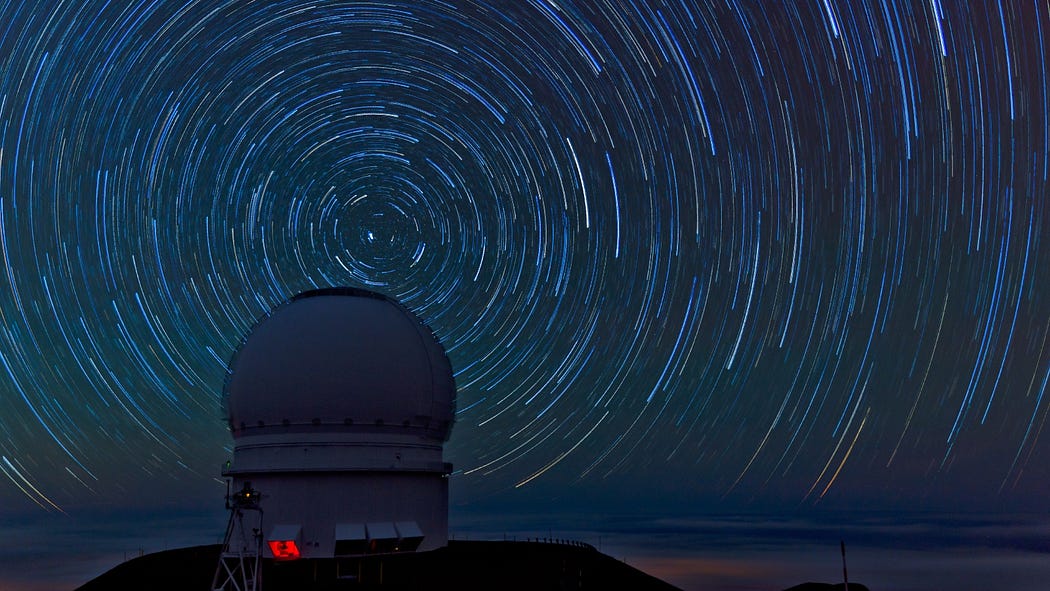In a world where the bizarre often becomes reality, this week’s news cycle did not disappoint. From government agencies discussing UFO protocols to NASA’s plans for an artificial star, here’s a comprehensive look at some of the strangest headlines that caught our attention.
Watch Strangest News of the Week - DoE has UAP UFO Protocols here
Department of Energy Addresses UFO Protocols
During a May 23rd conference, the Department of Energy (DoE) found itself in the spotlight over an unexpected topic: UFOs. DoE Secretary Jennifer Granholm faced pointed questions from representatives, including Anna Paulina Luna, about the department’s involvement in analyzing or reverse engineering UAP-related materials.

While Granholm initially claimed no knowledge of such efforts, the conversation took an intriguing turn when questioned about drone incursions over nuclear facilities. Granholm acknowledged the existence of a “counter-drone effort” to protect national security sites and laboratories from unauthorized drone activity. However, when pressed about historical sightings predating modern drone technology, Granholm’s responses became more guarded, suggesting a willingness to discuss the matter further behind closed doors.
This exchange highlights the ongoing interest in government knowledge about UAPs, particularly around sensitive sites like nuclear facilities. It also underscores the challenge of obtaining clear answers on this topic from official sources.
NASA’s Ambitious Artificial Star Project
In a move that sounds like science fiction, NASA has announced plans to launch an artificial star into orbit by 2029. This “star” is actually a small satellite designed to remain fixed in the night sky above the United States for at least a year.

The primary purpose of this celestial newcomer is to aid in calibrating telescopes and improving the accuracy of astronomical measurements. The satellite will emit lasers towards ground-based telescopes, simulating various cosmic phenomena such as supernovas and other celestial events.
Interestingly, this project may have applications beyond astronomy. Some sources suggest it could form part of a new celestial navigation system, potentially serving as a backup to GPS in times of war or other disruptions.
Meaty Rice: A Laboratory Solution to Food Sustainability?
In an innovative approach to food sustainability, scientists in South Korea have developed “meaty rice” — a laboratory-created rice infused with meat flavor. This hybrid food contains 8% more protein and 7% more fat than regular rice, potentially offering a more nutritious alternative.

The production process takes about 11 days, and early projections suggest it could be sold for around $2.23 per kilo — significantly cheaper than both regular rice and beef. As the product undergoes testing by food safety authorities, it represents an interesting development in the quest for sustainable, protein-rich food sources.
AI in Customer Service: Calming the Storm
Japanese company SoftBank is developing an AI system aimed at improving customer service interactions. The technology is designed to transform angry or aggressive customer voices into calm, polite tones, potentially reducing stress for customer service representatives.

Trained on over 10,000 voice recordings of common phrases, including screams and threats performed by actors, this AI could revolutionize how we handle difficult customer interactions. While not yet available for public use, it represents an intriguing application of AI in addressing real-world problems.
.png)
Comments & Upvotes